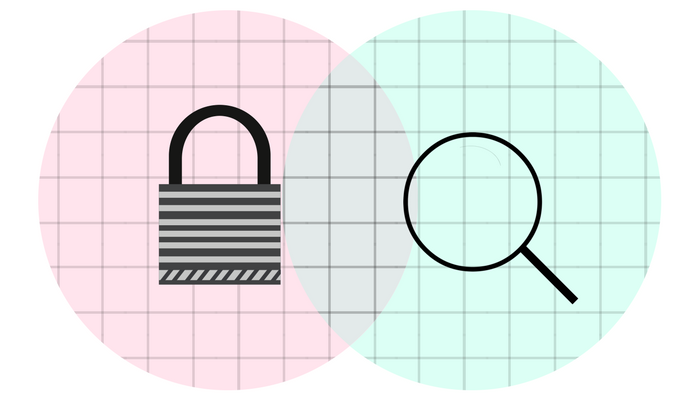SEO and Security: Exploring the Overlaps
When it comes to a company’s website, it’s a no-brainer that Search Engine Optimization, or more familiarly known as SEO, is critical in ensuring that the site is getting the visibility it needs in order to garner attention, brand awareness, leads, and ultimately — profit.

With the increase in threats to the Web environment through hacking and tampering, especially in search engine results, cybersecurity is becoming a major player in managing a website’s SEO. Here are three ways that SEO and security overlap, and why you may want to start taking measures to ensure that your site stays optimized for maximum awareness.
Get the SEO basics down
It would be a webmaster’s dream if the rule for SEO was “once optimized, always optimized,” but unfortunately, that’s rarely ever the case. SEO management is a never-ending task, not only because a site needs to constantly be updated to keep up with competitors or to reach out to a wider range of people, but also because hackers understand that tampering with a site’s SEO can cause significant harm — a great incentive for them.
The most elementary of SEO tampering happens in what we believe are the basic foundations of a well-optimized site. Check your site index regularly by typing “site:” followed by the URL of your domain into the search bar. This search will generate a list of sites currently indexed under that domain. However, you may be surprised by unfamiliar pages that are cloaked under your domain name. This may happen if someone hacked into your site index through code injection or vulnerabilities present in free extensions, plugins, or themes. There’s no telling whether this will happen to a new or old site if security isn’t properly in place, so be sure to check your site index on search engines regularly. Look through the meta descriptions to ensure that those haven’t also been tampered with. In the long run, think about using a security service to eliminate the risks of link injection or website defacement.
Google means business
The king of search engines, Google, is no stranger to the importance of security in SEO. An early leader to highlight security in the search engine game, Google announced in 2014 that it would use SSL as a ranking signal for the search engine, albeit a lightweight one. This meant that if two pages had equally high-quality content and optimized descriptions, the use of HTTPS would rank one site in favor of the other. They also noted in that update that the signal may hold heavier weight in the future. It looks like they’re keeping their promise as Google announced in February 2018 that by July, sites that did not utilize SSL would be clearly marked as “Not Secure.”
Thankfully, enabling SSL is not too difficult with services like Let’s Encrypt or Cloudbric. Not only will there be added security with encrypted communication, but an extra boost to your ranking never hurts. But be quick — with Google at the forefront of demanding security for sites, you can bet that others will soon follow suit.
Analytics are worth a thousand words
In the arsenal of many marketers is Google Analytics. Showing you real-time data for demographics, traffic channels, and a myriad of other features, Google Analytics is one of the most valuable tools to skyrocket your SEO. However, analytics can also give you valuable insight for how your site’s security is holding up.
Even if you already have a website security service or a firewall in place, analyzing the type of traffic that may be attempting to infiltrate your site can be good insight on how to improve your security. For example, at first glance, you may be elated to see that your traffic has spiked up in the past week, but disappointed when the next week it plummets. This may not simply be a result of good marketing or a sudden piqued interest in your product, but rather traffic that came from bots which can undermine the performance of your monitoring channels.
The best practice for any kind of analytics platform is to utilize their features to the fullest: create valid hostname filters and custom spam filters and segments to exclude obvious fake traffic. Remember to update this list regularly as new bots are sure to pop up in the future.
So what now?
Increasingly in this era of connectivity, hackers are realizing that meddling with website SEO and accessibility, and thereby cutting off potential sales and brand awareness, is of extraordinary value. However, knowing this information can keep you one step ahead and be a handy tool in preparing a well-secured site on both the front and back end. You don’t have to wait for anyone to force you to secure your site and its contents — you can start it on your own terms, using tips and tricks that we’ve talked about on the blog (for a great place to get started, look here), because whether you like it or not, it looks like a long-term relationship for SEO and cybersecurity.